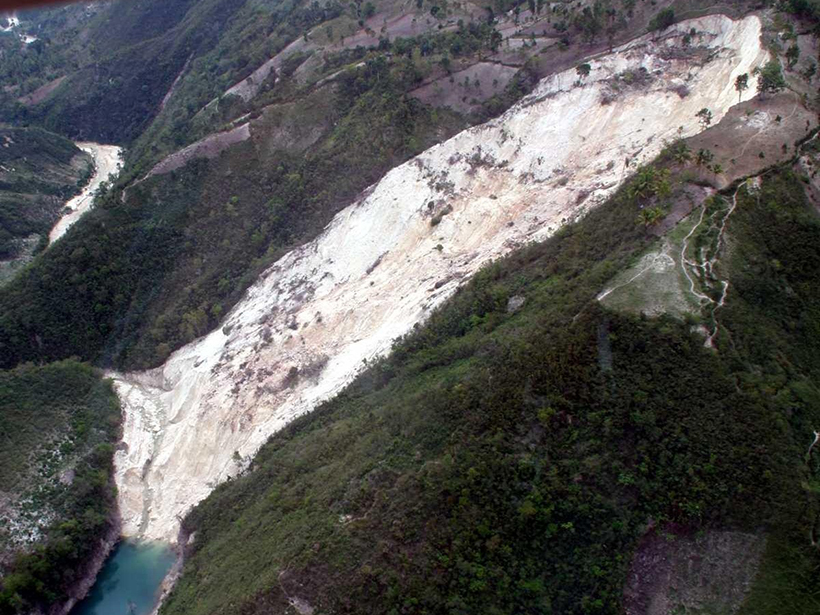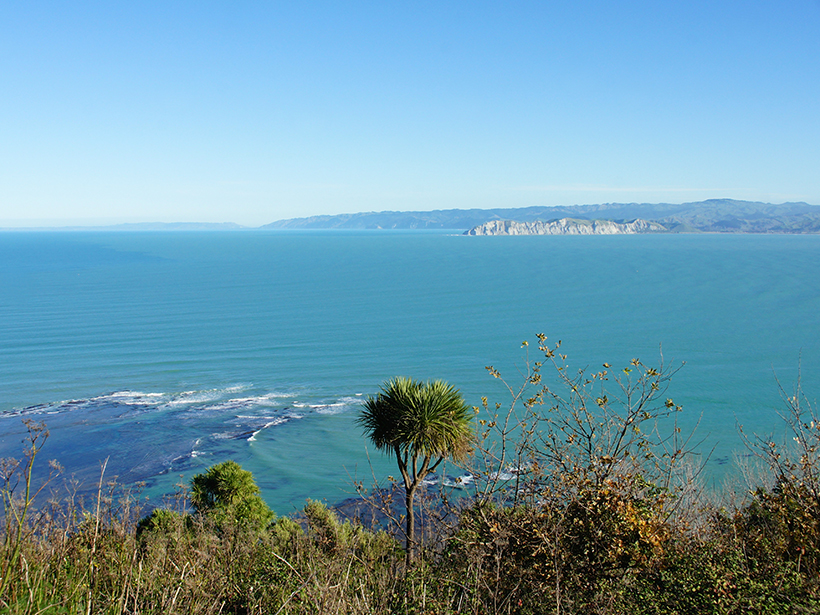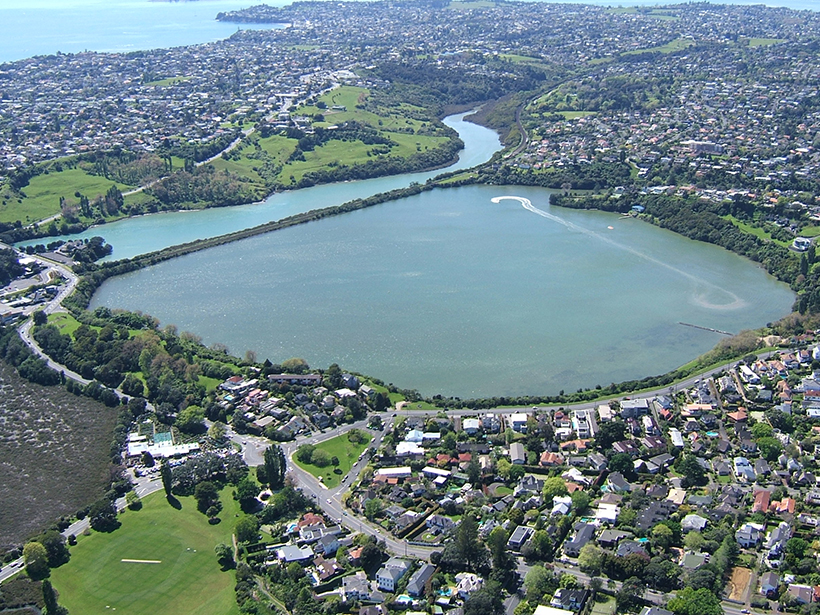As the climate warms, many rivers that are currently perennial may become intermittent.
New Zealand
Australia–New Zealand Plan for Future Scientific Ocean Drilling
Australian–New Zealand IODP Consortium Ocean Planet Workshop; Canberra, Australia, 14–16 April 2019
Landslides Send Carbon-Rich Soils into Long-Term Storage
Earthquake-triggered landslides move soils down steep slopes and deposit the sediments near rivers, sequestering the carbon contained within them for millions of years.
Drilling into a Future Earthquake
Researchers drill into a fault that is anticipated to rupture in coming decades to study fault structure and earthquake physics.
Imaging the Underlying Mechanics of New Zealand Earthquakes
Researchers create a first-of-its-kind image to map electrical properties of rocks and minerals throughout the Hikurangi subduction zone.
Shifting Winds Write Their History on a New Zealand Lake Bed
A team of scientists finds a year-by-year record of climate history spanning the past 17,000 years at the bottom of a South Island lake.
Alteration Along the Alpine Fault Helps Build Seismic Strain
Detailed analysis of cores drilled through New Zealand's most dangerous on-land fault indicates that its permeability and strength are altered by mineral precipitation between seismic events.
Probing the History of New Zealand's Orakei Maar
A team of scientists drilled into the bed within a northern New Zealand explosion crater lake to gain insights into volcanic hazards and past climates.
Revising the Displacement History of New Zealand's Alpine Fault
A reinterpretation of structural and paleomagnetic data suggests that New Zealand's Alpine Fault accommodates a far greater percentage of geologically recent plate motion than previously thought.
Undersea Data Tie Slow Fault Slip to Tsunami-Causing Quakes
Slow events might help scientists better understand when and why tsunami-generating earthquakes occur.










